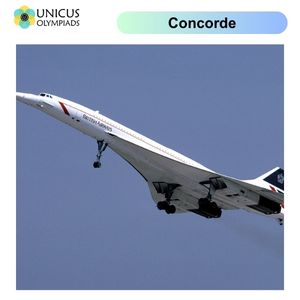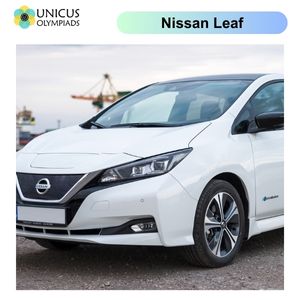

The evolution of modern infrastructure and technology has seen groundbreaking achievements in civil aviation, electric vehicles (EVs), and urban planning. These milestones have transformed global transportation systems, the way cities are structured, and the way people live. From the first powered flight to the development of the first electric vehicle and revolutionary urban planning projects, these 'firsts' paved the way for further technological advancements and improvements in our way of life. This article explores the key 'firsts' in civil aviation, electric vehicles, and urban planning, providing insights into their historical significance and impact on society.
Civil aviation has dramatically transformed global travel, enabling people to fly across continents in just a few hours. The development of powered flight and commercial aviation opened up new frontiers in transportation and interconnected the world like never before. The pioneers of civil aviation created the foundation for modern air travel that millions of people rely on today.
The first successful powered flight is widely credited to the Wright brothers, Orville and Wilbur Wright, in December 1903. They designed and flew the first heavier-than-air aircraft, the Flyer, in Kitty Hawk, North Carolina, USA. This flight, which lasted 12 seconds and covered 120 feet, was a milestone in aviation history.

The Douglas DC-3, introduced in 1936, was the first airliner to be both commercially successful and widely used in passenger and cargo transport. It had a cruising speed of 200 mph and could carry up to 32 passengers, a significant improvement over earlier aircraft designs.

The Concorde was the first commercial supersonic airliner to operate regularly. It was a joint project between the UK and France, entering service in 1976. The Concorde could fly at speeds up to Mach 2 (twice the speed of sound), drastically reducing flight times between major cities such as London and New York.

Electric vehicles (EVs) have become increasingly popular as a cleaner, more sustainable alternative to traditional gasoline-powered cars. The development of electric vehicles dates back over a century, but recent advances in battery technology and environmental concerns have pushed EVs to the forefront of the automotive industry.
The first electric vehicle designed for commercial use was the London Electric Cab, introduced in 1897. These cabs were powered by non-rechargeable batteries and were used as taxis in London. This early electric vehicle could travel up to 20 miles on a single charge and represented the first attempt to use electric power for urban transportation.

In the 21st century, the Tesla Roadster, released in 2008 by Tesla Motors (now Tesla, Inc.), became the first production electric vehicle to offer long-range capabilities and high performance. The Tesla Roadster could travel over 200 miles on a single charge, significantly surpassing the range of previous electric vehicles.

The Nissan Leaf, introduced in 2010, was the first mass-market electric vehicle designed for mainstream consumers. The Leaf offered a practical, affordable option for consumers looking to transition to electric transportation, with a range of around 100 miles per charge at the time.

Urban planning has undergone significant changes over the past century as cities strive to accommodate growing populations, reduce environmental impact, and improve the quality of life for residents. The concept of sustainable urban planning, which focuses on environmentally-friendly development and efficient resource use, has become a priority for many cities around the world. Below are some examples of pioneering cities that have embraced innovative urban planning practices and become leaders in sustainable development.
The city of Babylon, located in modern-day Iraq, is often considered one of the first cities to be planned systematically. Dating back to around 2300 BCE, the city’s layout was organized around a central palace and temple, with streets and roads arranged in a grid pattern, allowing for better traffic flow and urban efficiency.
Masdar City, located in the United Arab Emirates, is one of the world’s first planned eco-cities. It was designed to be a sustainable urban development with a minimal environmental footprint. The city uses renewable energy sources, such as solar and wind, to power homes and businesses, and it features energy-efficient buildings, electric transportation, and zero-carbon emissions.
Curitiba, Brazil, is widely regarded as one of the first "green cities" due to its focus on sustainability and innovative urban planning. In the 1960s and 1970s, then-mayor Jaime Lerner implemented policies aimed at reducing pollution, conserving green spaces, and improving public transportation. The city's bus rapid transit (BRT) system, which prioritizes high-efficiency buses on dedicated lanes, is a model for sustainable urban mobility.